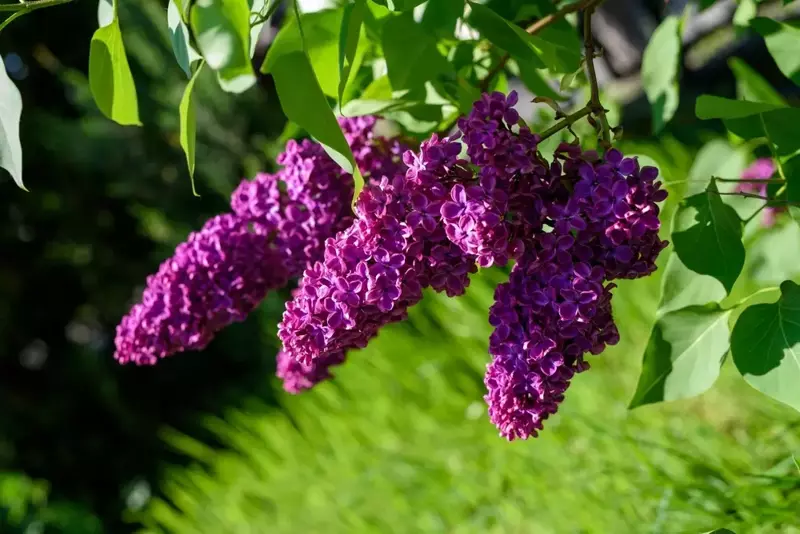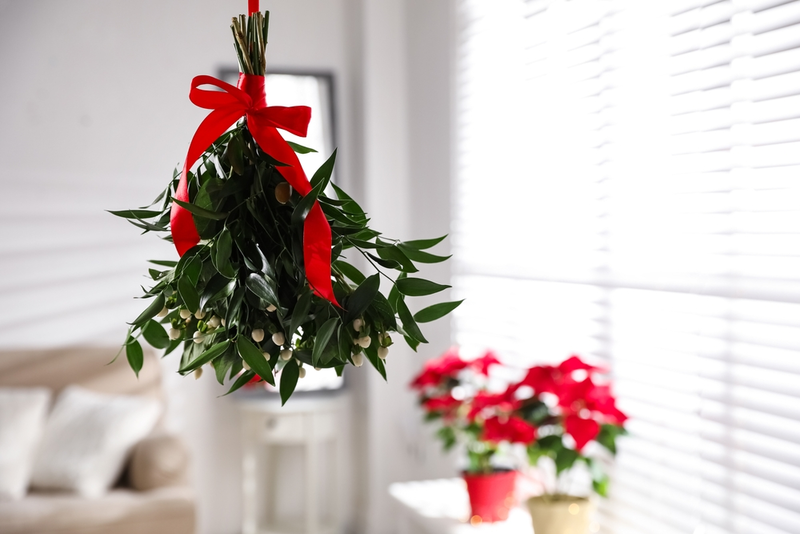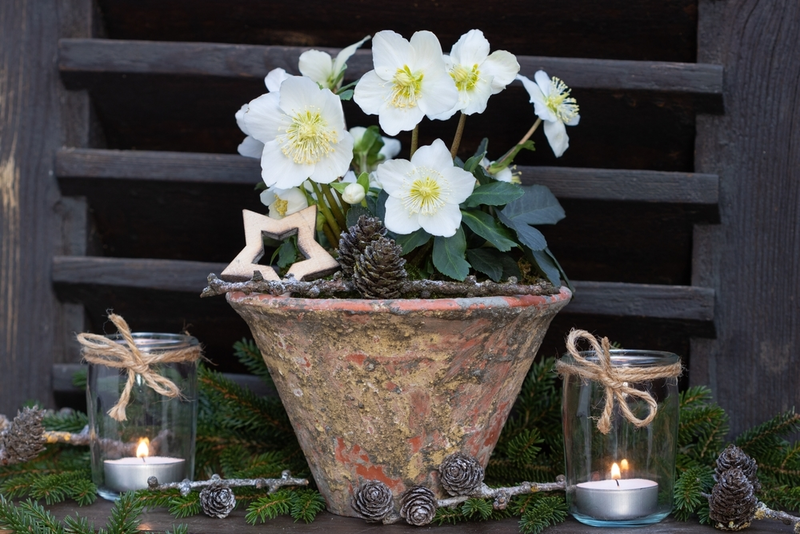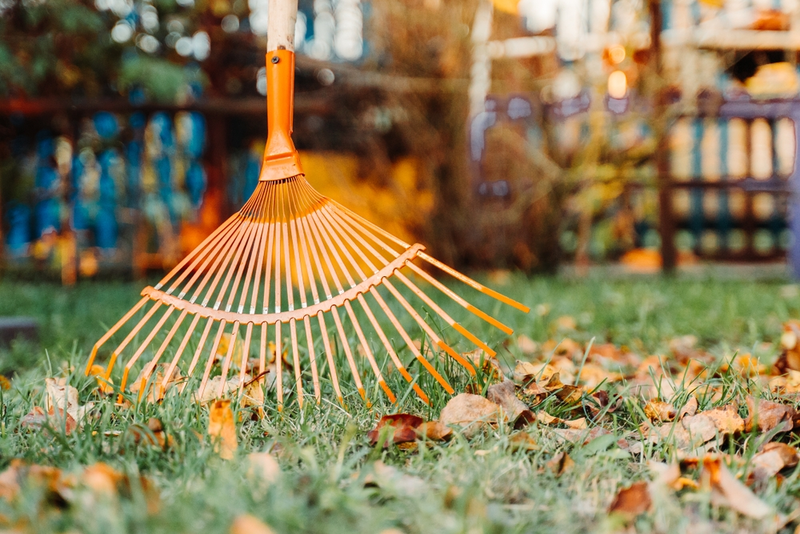
If you want to fill your garden with a lovely scent in spring, lilac is a fantastic choice. With their fragrant flowers in shades of pink, purple, white, and even occasionally yellow, lilacs (Syringa vulgaris) are one of the delights of springtime. Despite their beauty, they are surprisingly tough plants and easy to grow. Find out everything you need to know about how to grow and care for lilacs.
Where to Plant Lilacs
Lilacs prefer moist, well-drained, neutral to alkaline soil in full sun and grow well on chalky soils. They typically grow into large shrubs or small trees around 4 m (13ft) high and wide. Still, for small gardens, there are a few more compact varieties available, such as Syringa ‘Red Pixie’ or Syringa meyeri ‘Palabin,’ both of which reach around 1.5 m (5ft) tall. These dwarf lilacs can even be grown in a large pot.
How to Plant Lilacs
The best time to plant lilacs is in late fall, before the ground freezes. If you miss your chance on fall planting, the next best time to plant lilacs is in early spring, after the ground thaws.
Choose a position in full sun, with sufficient space to allow the lilac to spread as it grows. Dig a hole deep enough so that the plant will be at the same level in the soil as it was in the pot. Water well after planting, and keep watering regularly during the first year while the plant is getting established.
To plant lilac in a pot, choose a pot at least 60 cm (2ft) in diameter, with good drainage holes. Place a few crocks (pottery shards) or stones at the bottom of the pot to stop compost from clogging up the drainage holes. Use a loam-based compost such as John Innes no 3, mixed with some grit to improve drainage. Water regularly and feed with a balanced liquid feed. Each spring, remove the top 5 cm (2in) of compost and replace it with fresh compost.
How to Prune Lilacs
There’s no need to prune lilacs regularly, but you can deadhead them after they have finished flowering and trim them to keep them in good shape, removing any dead, damaged, or crossing branches. Old lilacs can be renovated by hard pruning in winter. They flower on the previous season’s growth, so winter pruning will mean no flowers in the following spring.
Problems With Lilacs
Lilacs are generally trouble-free and easy to grow, but there are a few problems to watch out for when growing them:
- Poor flowering: this is most likely to happen if the lilac is not getting enough sunlight or is planted in very heavy soil.
- Suckering: lilacs are prone to producing suckers. The best way to control this is to tear (not cut) the suckers away from the base of the plant. Do this after midsummer, once the plant has finished flowering.
- Lilac blight: this is a fungal disease causing dieback and blemishes on leaves and flowers, which eventually drop off the plant. Cut back and destroy any affected growth and, to reduce the risk of infection, ensure there is sufficient space around the plant for good ventilation.
With their incredibly fragrant flowers, lilacs are one of the joys of spring, and they’re easy to grow in a sunny spot. Our centre has a superb range of flowering trees and shrubs to add structure and colour to your borders. Visit our centre today to see what’s new!




